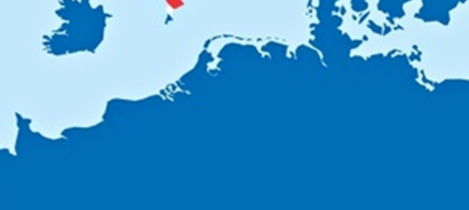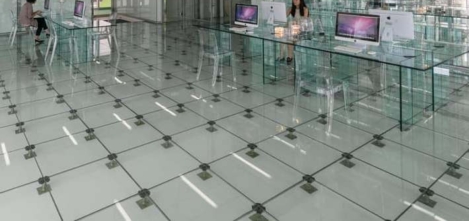July 4, 2016
New office market briefing remains cautious about impact of potential Brexit 0
 JLL has published a new briefing document to look at the possible impact of the recent Brexit vote on the UK’s office market. The report’s main claim is that the underlying economic fundamentals in the UK remain solid in comparison to previous downturns, and, while expectations are unsurprisingly being downgraded, there is still no need for occupiers or landlords to become too concerned at the moment before the full details and effects of the UK’s exit from the EU become apparent. The document also suggests: occupiers are taking stock, so flexibility is likely to become fundamental to near term decision making. Longer-term impacts or benefits of Brexit are still to play out; office occupier demand in London will be subdued in the near term although low vacancy levels, coupled with an increasingly diverse occupier base, should prevent a dramatic fall in rents compared to previous market corrections; hotels will benefit from weakened sterling and increase in tourism although they may see costs increase.
JLL has published a new briefing document to look at the possible impact of the recent Brexit vote on the UK’s office market. The report’s main claim is that the underlying economic fundamentals in the UK remain solid in comparison to previous downturns, and, while expectations are unsurprisingly being downgraded, there is still no need for occupiers or landlords to become too concerned at the moment before the full details and effects of the UK’s exit from the EU become apparent. The document also suggests: occupiers are taking stock, so flexibility is likely to become fundamental to near term decision making. Longer-term impacts or benefits of Brexit are still to play out; office occupier demand in London will be subdued in the near term although low vacancy levels, coupled with an increasingly diverse occupier base, should prevent a dramatic fall in rents compared to previous market corrections; hotels will benefit from weakened sterling and increase in tourism although they may see costs increase.































July 5, 2016
Employers need more help in navigating the Apprenticeship Levy 0
by David Allison • Comment, Workplace
(more…)